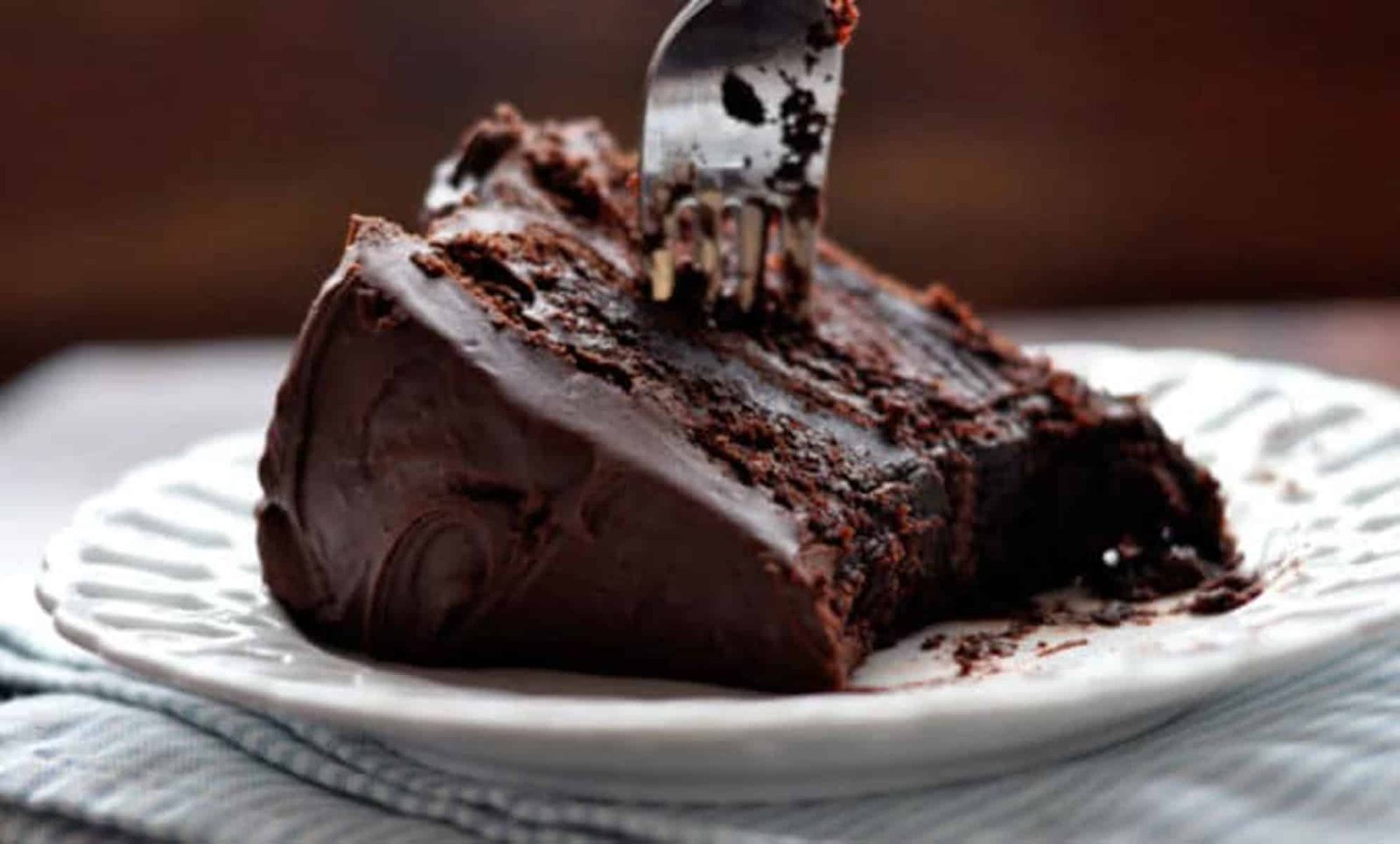Baking a cake that’s both delicious and exceptionally moist can be a delightful challenge. While the perfect cake often seems like a professional secret, there are actually several tried-and-true techniques that can help you achieve a moist, flavorful masterpiece right in your own kitchen. Here are some tips and tricks to guide you in baking the perfect moist cake.
1. Use the Right Ingredients
High-Quality Butter and Oil
A moist cake often starts with the fats you use. High-quality butter adds richness and flavor, while oil adds moisture. Consider using a combination of both. Butter gives a great taste and oil keeps the cake moist for longer. Vegetable oil is a popular choice, but you can also use canola or olive oil for a healthier twist.
Buttermilk
Buttermilk is a secret ingredient that can transform your cake. Its acidity helps break down the gluten, resulting in a softer texture. If you don’t have buttermilk on hand, you can make a substitute by adding a tablespoon of vinegar or lemon juice to a cup of milk and letting it sit for a few minutes.
Sour Cream or Yogurt
Adding sour cream or yogurt to your batter can also enhance the moisture content. These ingredients add a tangy flavor and make the cake tender. They work particularly well in chocolate and vanilla cakes.
2. Perfect Your Batter
Don’t Overmix
Overmixing your batter can lead to a dense, dry cake. Mix just until the ingredients are combined. This helps keep the air bubbles intact, ensuring a light and fluffy texture.
Fold in Ingredients Gently
When incorporating delicate ingredients like egg whites or berries, fold them in gently to avoid deflating the batter.
Use Room Temperature Ingredients
Make sure your butter, eggs, and other refrigerated ingredients are at room temperature before mixing. This ensures a smoother batter and helps the ingredients to blend more easily.
3. Bake at the Right Temperature
Low and Slow
Baking at a lower temperature for a longer time can help maintain moisture. A common practice is to reduce the oven temperature by 25 degrees Fahrenheit and extend the baking time slightly. This gentle baking allows the cake to cook evenly and retain moisture.
Check for Doneness Early
Start checking your cake for doneness a few minutes before the recommended time. Use a toothpick or cake tester – if it comes out clean or with a few moist crumbs, your cake is done. Overbaking is one of the main causes of dry cakes.
4. Enhance Moisture After Baking
Simple Syrups
A simple syrup made from equal parts sugar and water can be brushed onto the cake layers after baking. This adds extra moisture and sweetness. You can also infuse the syrup with flavors like vanilla, lemon, or coffee to complement your cake.
Frosting and Fillings
A generous layer of frosting or filling can add moisture to your cake. Buttercream, cream cheese frosting, and ganache are all excellent choices. For a fruity touch, consider adding a layer of fruit preserves or compote.
5. Storage and Serving Tips
Keep It Covered
Once your cake is frosted, keep it covered to prevent it from drying out. Use a cake dome or airtight container. If you’re storing a cake with perishable frosting like cream cheese, keep it refrigerated but bring it to room temperature before serving.
Serve at Room Temperature
Cold cakes can feel dry, even if they’re not. Serving your cake at room temperature will ensure the best texture and flavor experience.
Conclusion
Making an exceptionally moist cake is all about balance and attention to detail. By choosing the right ingredients, handling your batter with care, baking at the right temperature, and using moisture-enhancing techniques post-baking, you can create a cake that’s both tender and delicious. Whether you’re baking for a special occasion or simply to satisfy a sweet craving, these tips will help you achieve a perfect, moist cake every time. Happy baking!

